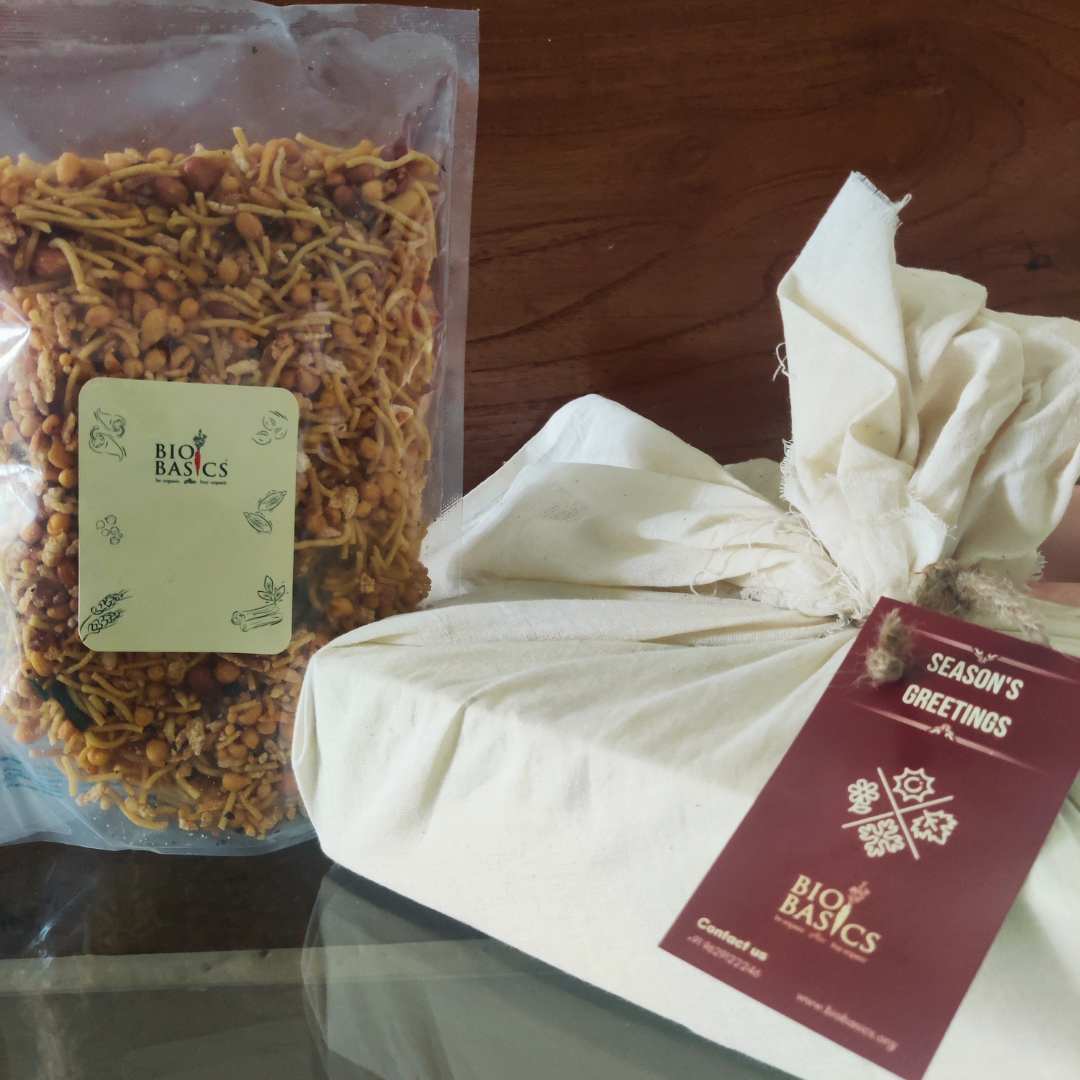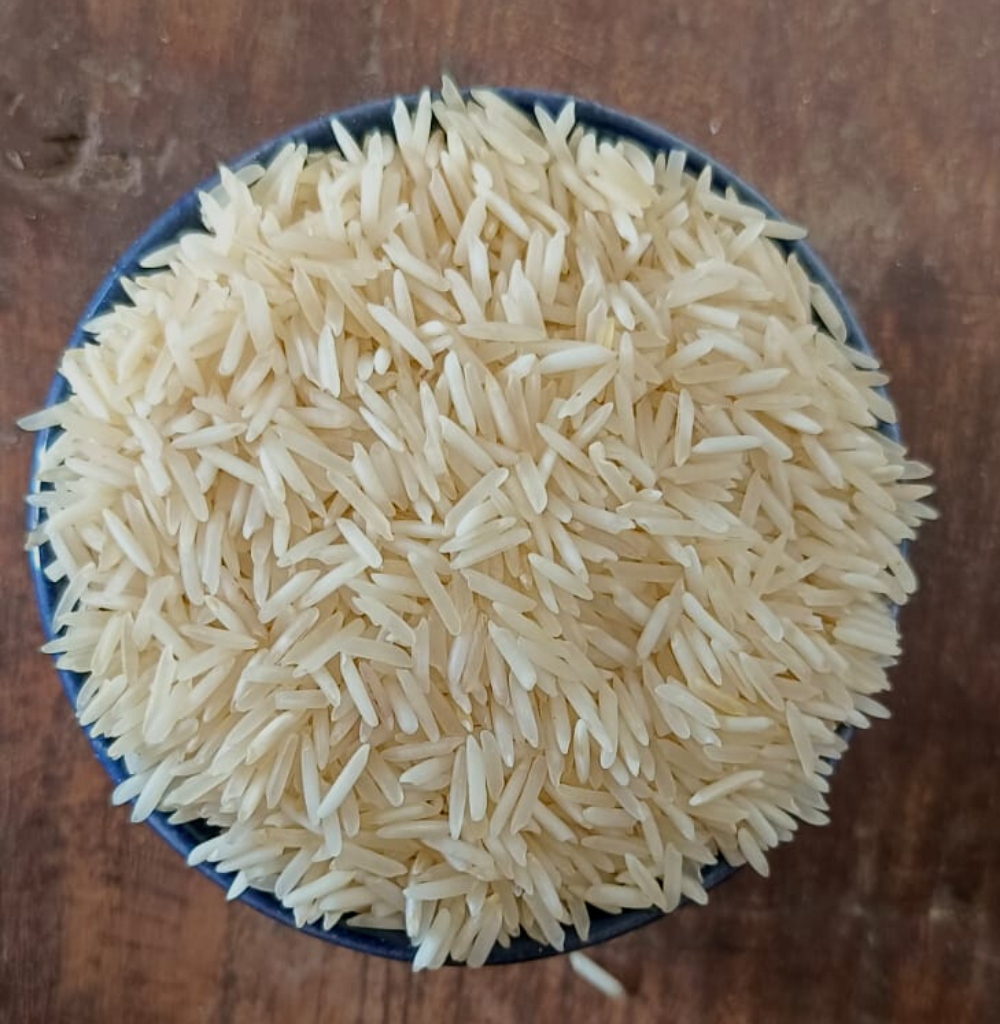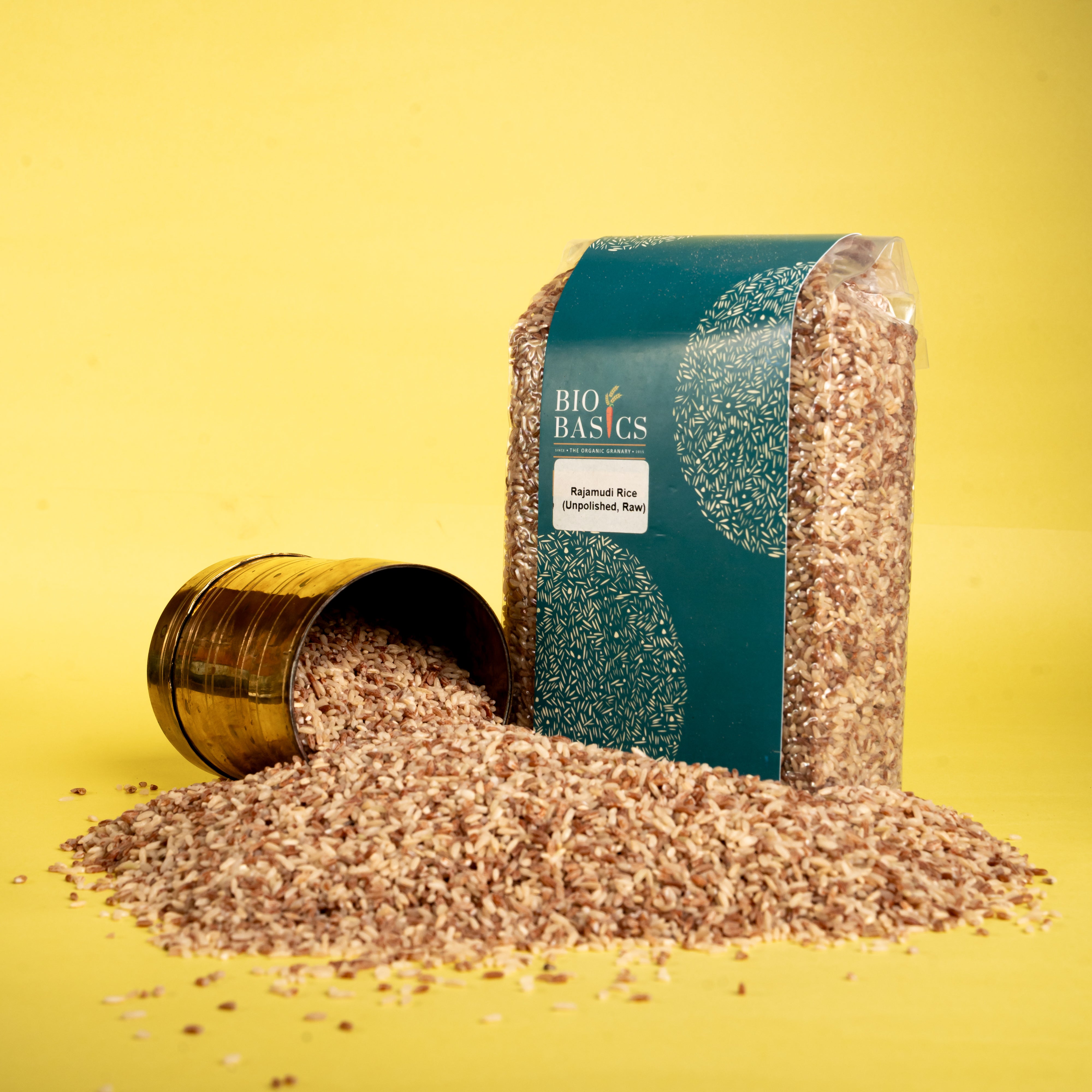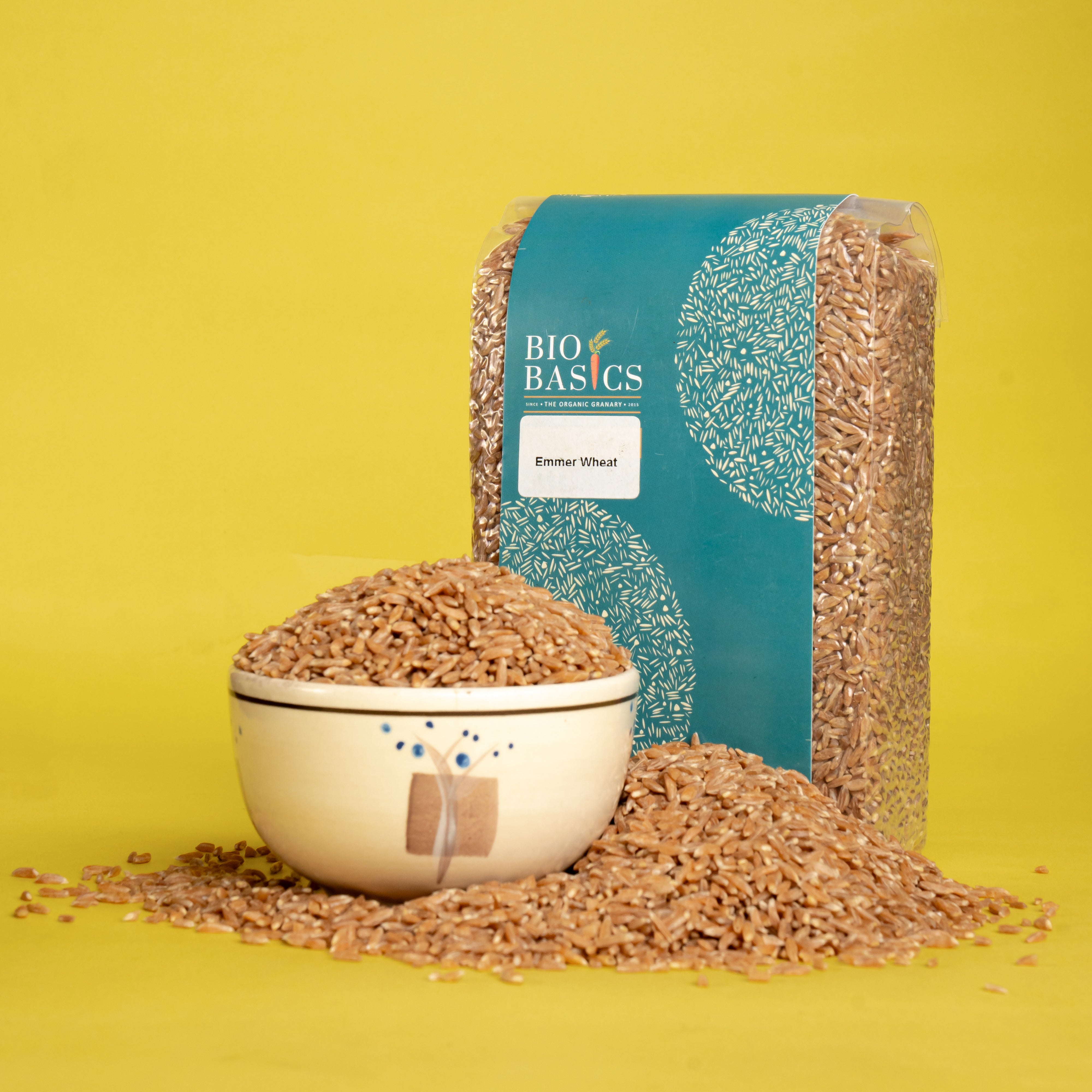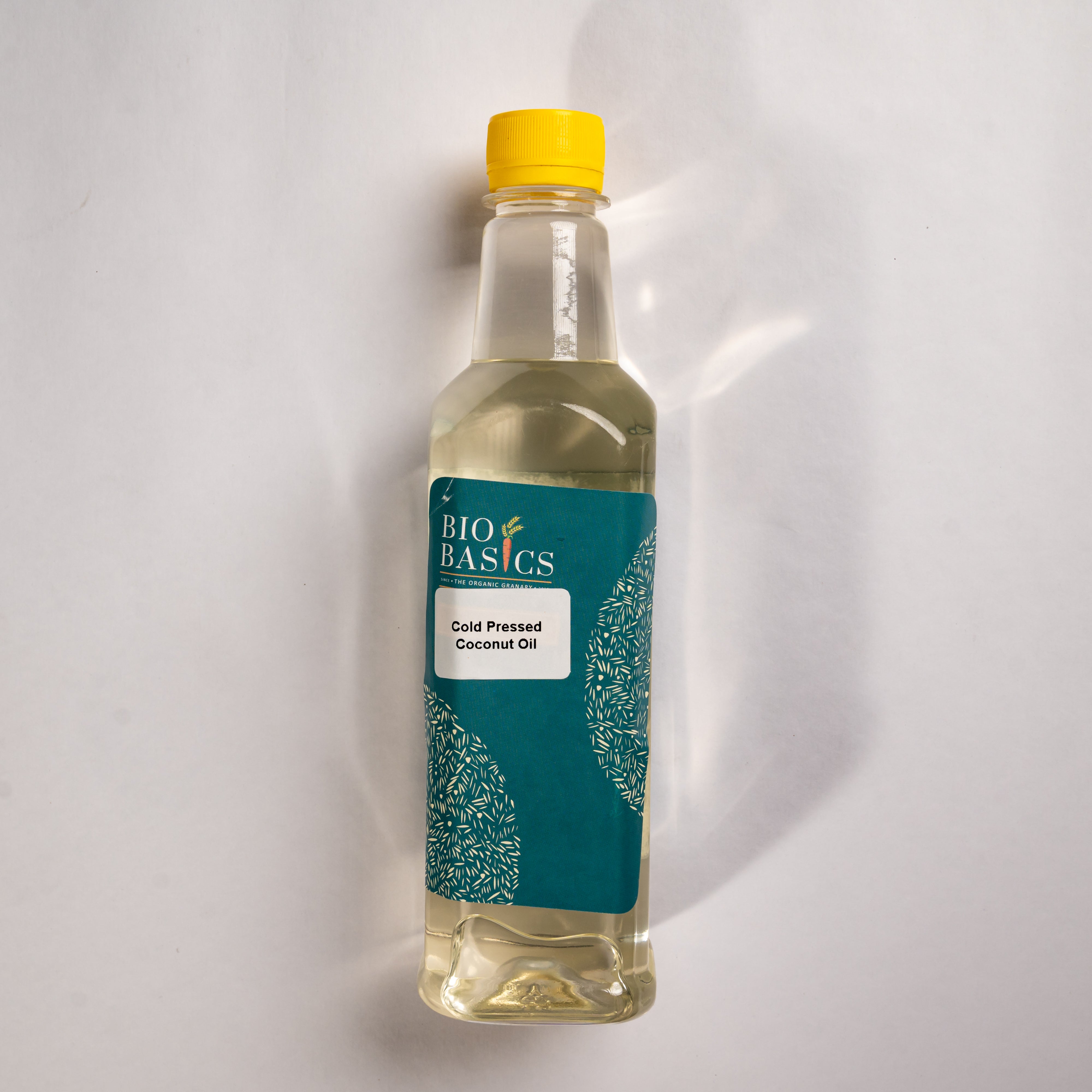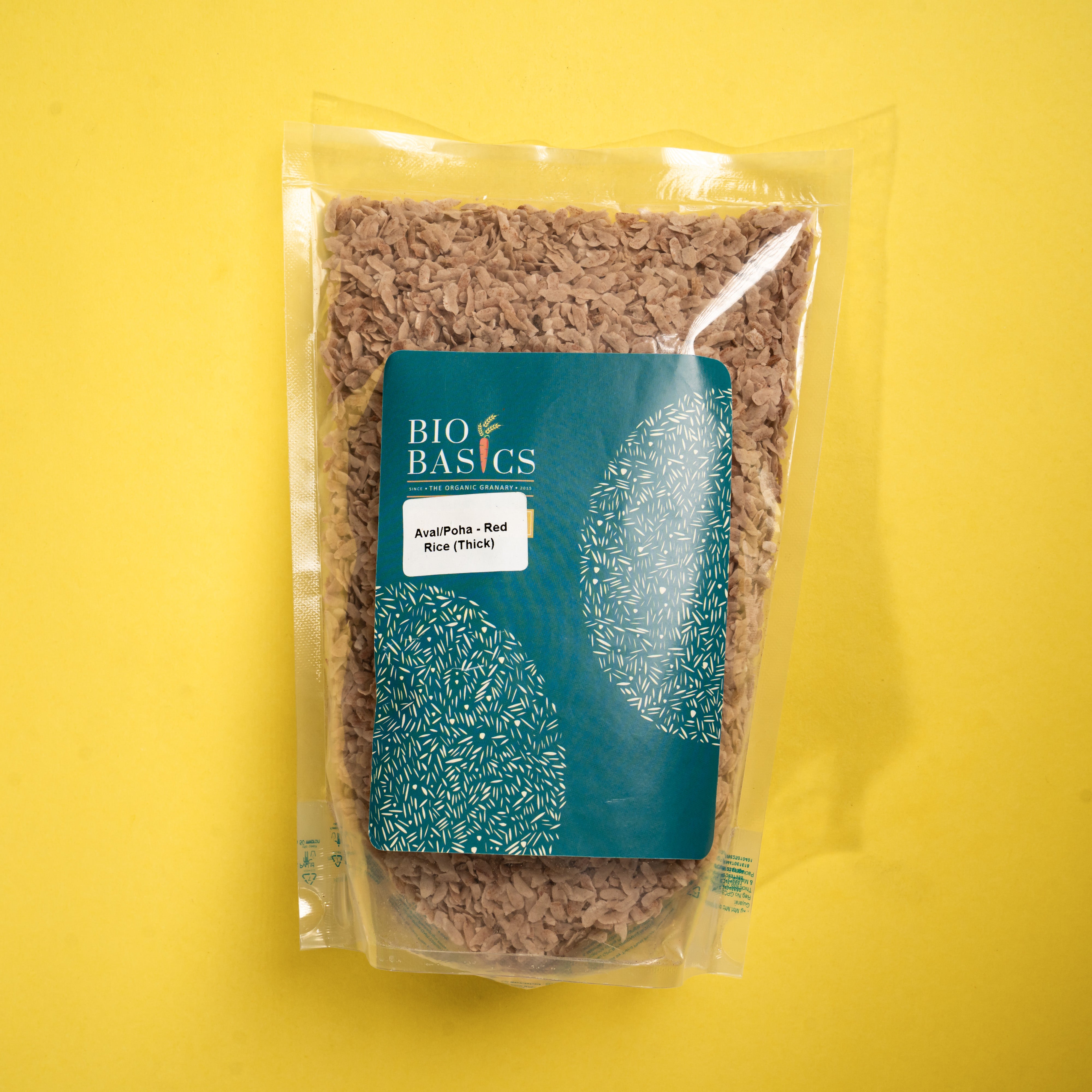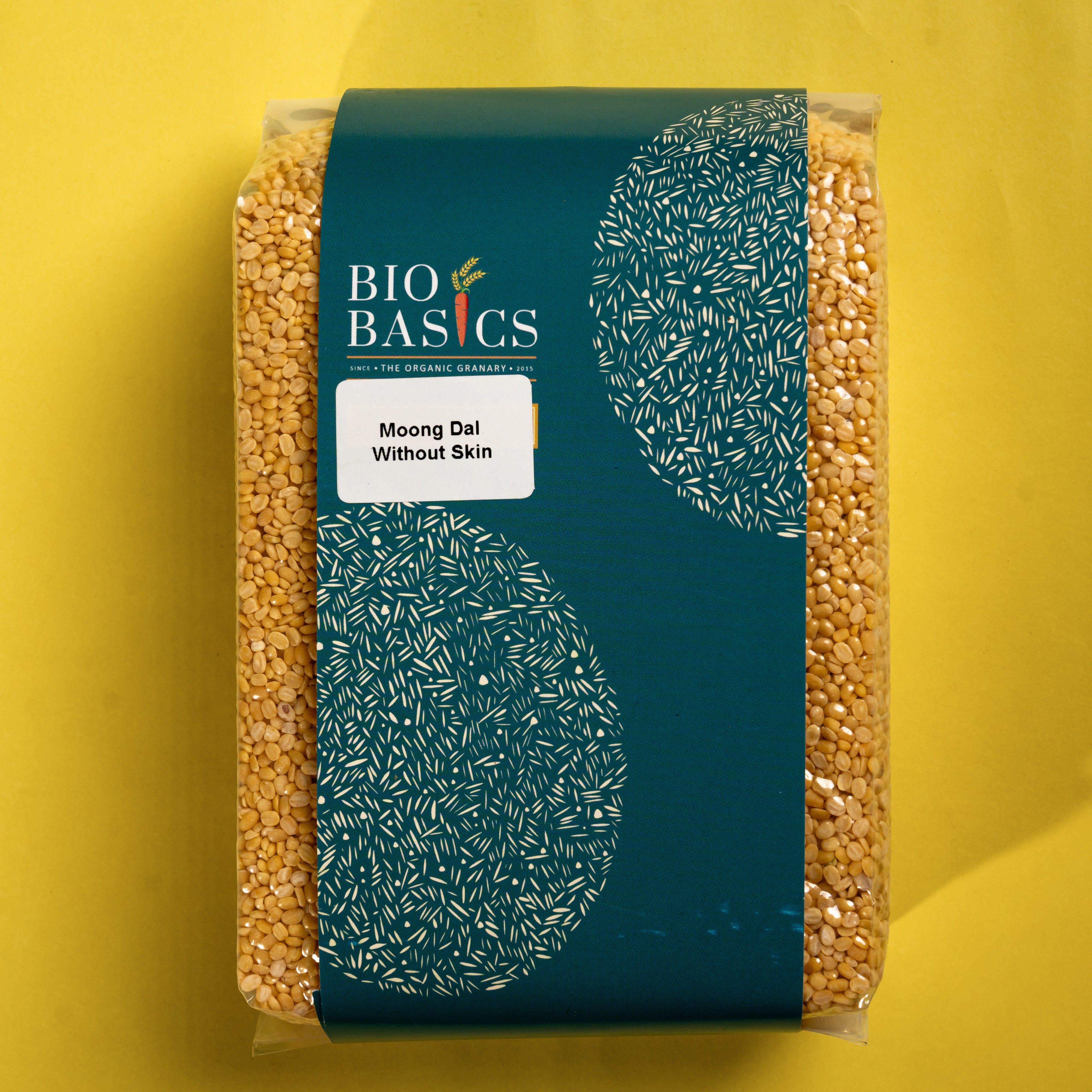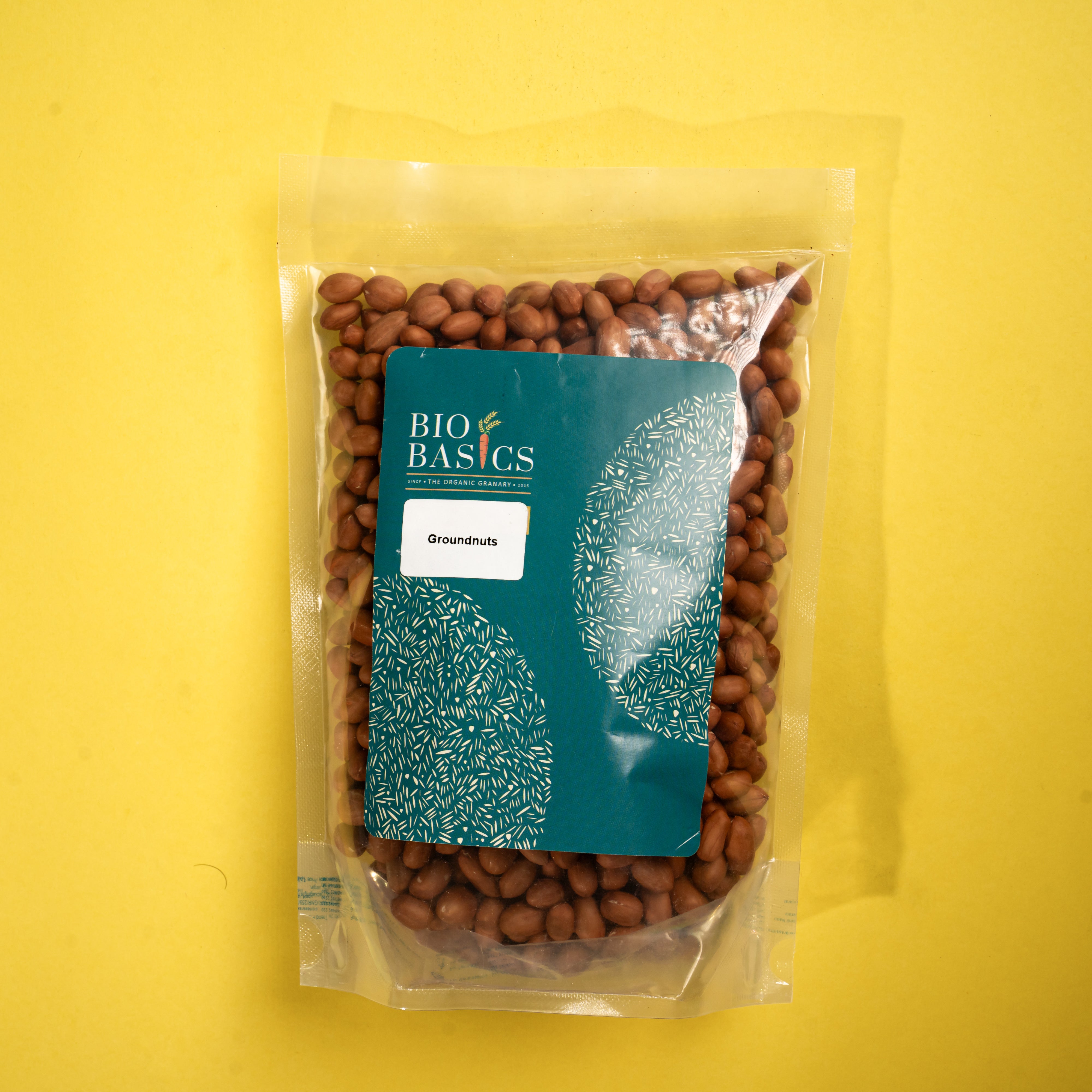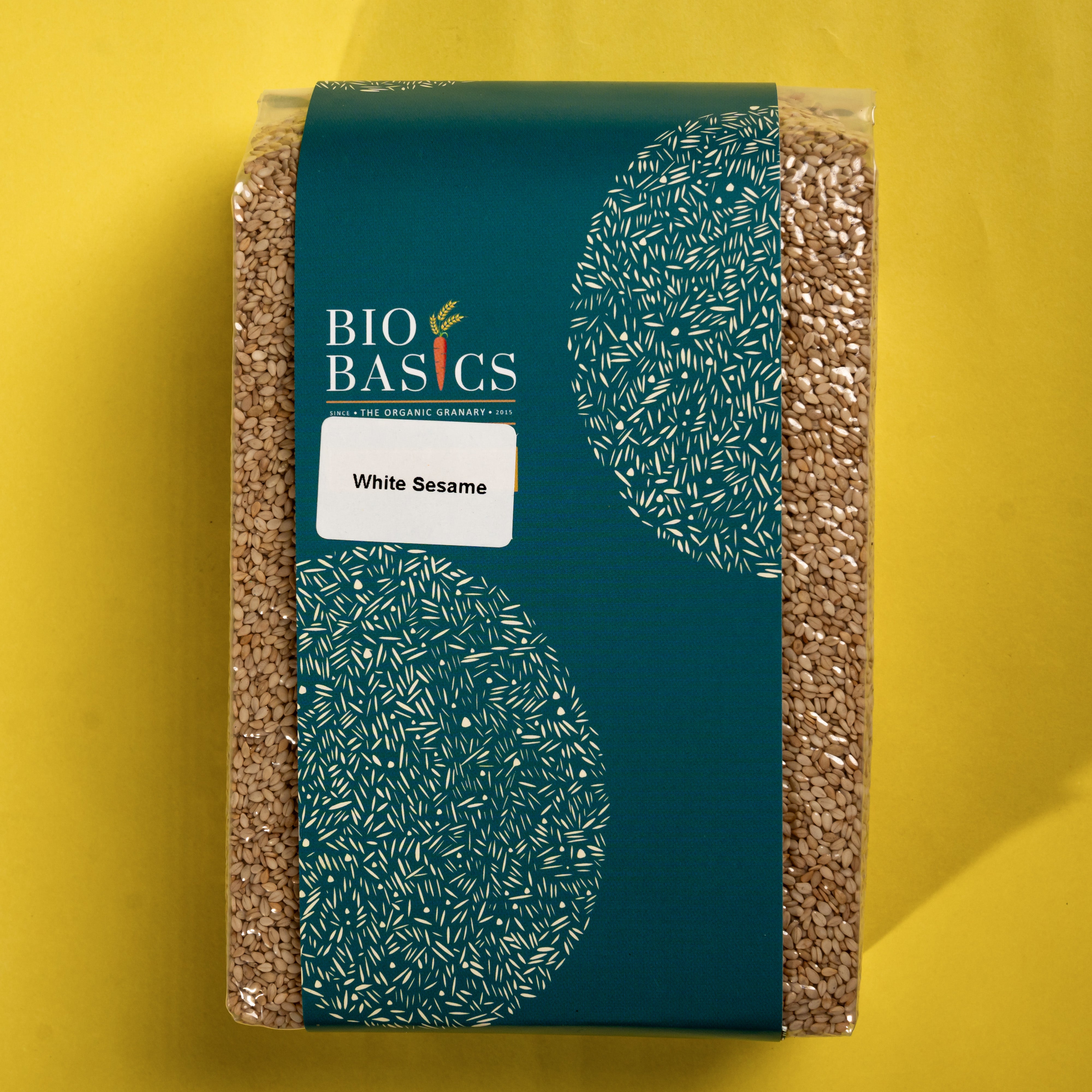Bio Basics never intended to be the largest granary of organic heritage grains in India (perhaps the world?!). It evolved. Devi started with exploring grains that looked, tasted different and had strange names.

All our 40+ years of life, we never knew the diversity of grains that existed in India. We were happy with Sona Masuri or Basmati for white rice, and Chembavari for red rice. Eat at a restaurant, and we get a standard “Accompanied with a plate of steamed rice” offering. What, where, why and how of this rice was not known to us, nor anyone, and no one cared.

Over the past several years at Bio Basics, this granary was built grain by grain, farmer by farmer, region by region, colour by colour, type by type! And today, we humbly offer 60+ rices, 10 wheats, 10 millets, among much more.

As someone challenged me, “Why do I need all these rices…all I need is one!”
Really?!
Here are 10 reasons why this diversity is critical for us:
1. Choice: Most of us love choice in food, clothing, housing, cars, bikes, cellphones, laptops, etc.. So why keep ourselves away from having a choice among grains? We don’t eat the same vegetable or fruit day in and day out. So why not have choice in grains?
2. Ecologically, each grain has evolved in a given terrain, climate and culture. That evolution has taken centuries to get to us. It was lost in between due to the homogenising influence of the Green Revolution. But the counter Revolution is here, alive and thriving. Each grain thrives in its home region. So it is easy to grow it there, and it offers the best quality when grown at its home (a.k.a. Centre of Origin).
3. Nutritionally, each of these grains carries a different micro-nutrient profile, mainly thanks to the difference in soil. And we can benefit from eating a range of such grains.
4. Taste-wise, what could be more enjoyable than eating new grains and relishing the dishes that it works with the best. Jeeraga Samba for Biriyani. Red Rice Uma for a regular meal. Rakthashali for Kanji, Gobindabhog for Payasam, and so on!
5. And when we cook these grains regularly, we can also enjoy seeing a variety of grains on our dining tables. Not different dishes made from the same grain. But various dishes from a variety of grains. Upma made of Emmer Wheat is quite different from an Upma made from Foxtail Millet.
6. Diversification: Read about the potato famine of 1845 in Ireland? The nation came to a halt because of its over-dependence on potatoes of one variety which got attacked by pests. Diversification is not just a portfolio management strategy, but that’s how Nature works. Homogenization is human. Diversification is natural. And critical to our food security and food sovereignty. (Big words! More on that later…)
7. For the farmer, growing a variety known to him, his ancestors and his farm is not only a matter of pride and connected-ness to Nature, but also a way to earn dignity and a higher price in the market for its uniqueness. The less of a commodity the grain is, the more is the farmer’s ability to demand a premium in the market. Commoditization reduces the farmer to a cog in a wheel of food supply. While diversity empowers him/her to add true value to the society.
8. Heritage: And for those seeking to reach out to our roots, what better way to eat the grains that our forefathers ate? In traditional dishes, familiar to our palate.
9. Beauty: There is less charm in acres and acres of corn growing in Iowa, while I drove to my work everyday for a few years. But today, when I visit an organic farm, the diversity of crop, of food, of foliage, of the height/colour/nature of crops, from a Papaya to a banana to lemons, vegetables and fruits, this beauty of diversity is breathtaking.
10. Diversity of food/crops are the musical notes that compose the songs of our lives. And why would we play the same C-minor again and again? Diversity of grains celebrate life and Nature.

To such a bounty of Diversity in Nature, we ought to bow our heads in gratitude. To the farmers and those seed savers who fight all odds to grow these off-beat grains, respect. To all those of us who care for this Diversity and relish it on our dining tables, enjoy!

